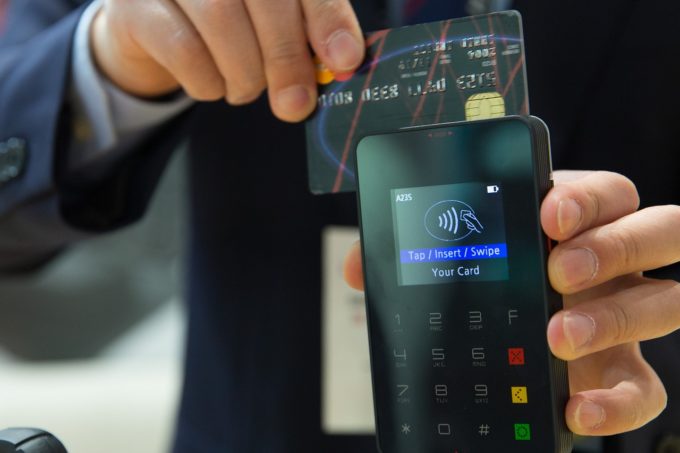The Small Business Administration’s (SBA) Office of Advocacy estimates about 30.2 million small businesses in America. It is necessary to use different methods that allow your clients to patronize your goods and services to survive among the lot. And you can undoubtedly boost sales by offering various payment options. Luckily, there are various options to consider based on your accounting system, the size of your transactions, and who is handling the cash. Below are some payment options your small business should consider accepting.
1. Card payments

The TSYS 2017 US Consumer Payment Study reveals that 77% of consumers prefer using credit or debit cards for payments. As such, it makes sense for your business to accept cards as a payment option. Card payments are convenient and allow you to save client information to improve the payment experience. In addition, it enables consumers to finance large transactions, so many of them will expect your enterprise to accept at least one card. Card payments are also advantageous to your business since they give it legitimacy and broaden your customer base. However, it is critical to note that credit card charges and other fees can significantly affect your bottom line if you don’t pass them on to consumers. Additionally, you will need to bear the cost of the equipment, merchant services, and PCI compliance charges.
2. Checks
Checks have undoubtedly lost some of their popularity due to the widespread adoption of digital payment systems. Nevertheless, they aren’t entirely outdated since many small business owners still accept them as a form of payment. You can readily accept check payments after opening a business bank account, so keep this in mind. The standard procedure is to accept check payments in the exact amount issued by reputable banks in your state. You can hire a third-party organization to verify your checks’ legitimacy to prevent you from hiring a collection agency or going to a small claims court to recoup your losses. Also, you can insist that clients pay you large amounts through cashier’s checks for added security and reliability. However, you may need to purchase a lost cashiers check bond if your check goes missing to get your check back and prevent someone else from cashing it if it resurfaces.
3. Cash payments
The old saying “cash is king” remains true in today’s world, even though digital payment options are increasing in popularity. Consequently, your business must also accept cash payments if possible. Your patrons will make their cash payments with notes and coins, which you will typically receive and manage from a point-of-sale system. Cash payments are beneficial because you can receive your money immediately instead of awaiting a transaction’s clearance. Furthermore, cash payments reduce your overhead costs because you don’t have to pay any fees for accepting cash from customers. On the other hand, you face a higher risk of theft and mismanagement if you run a cash-only enterprise.
4. Online payments

Online payments send funds electronically using a payment gateway to permit and authorize multiple payment types, including credit cards and eChecks. You can accept online payments if you run a brick-and-mortar store by allowing clients to pay with digital wallets and apps that keep card information on mobile devices. Many consumers prefer online payments due to convenience, low costs, and numerous options, so your business must accept them.














